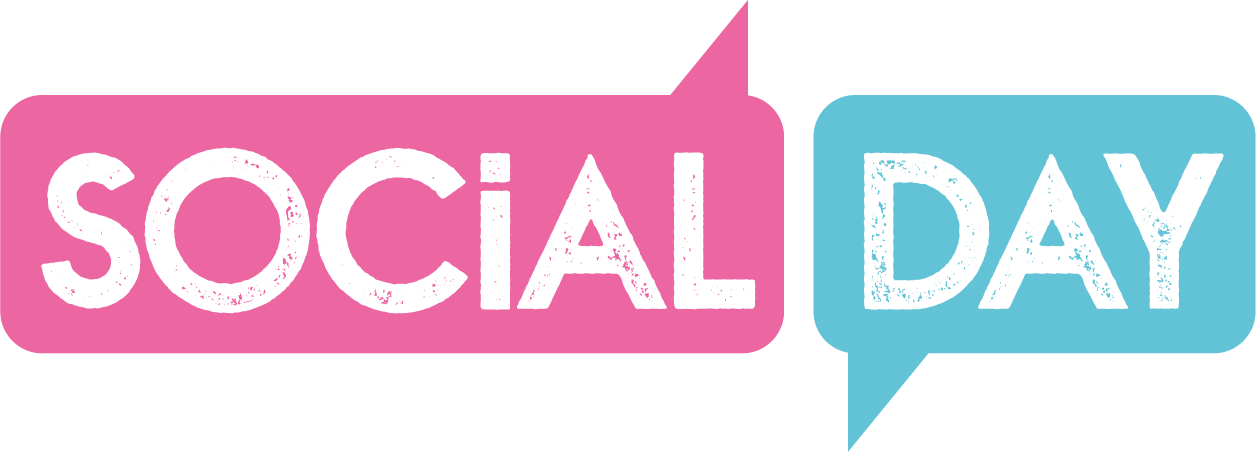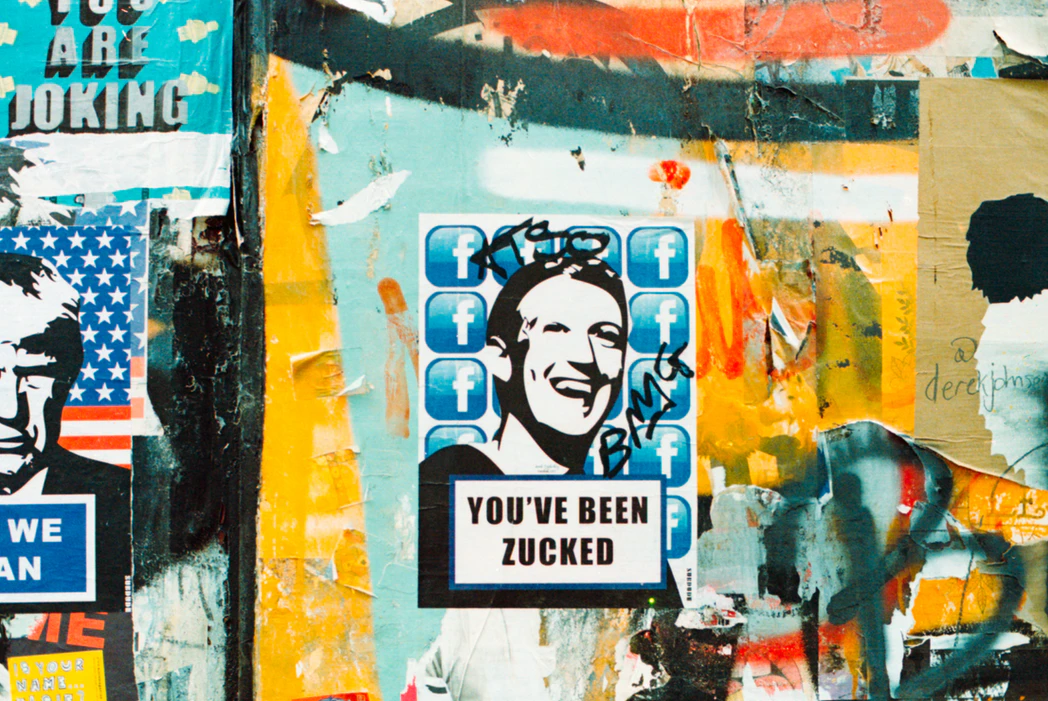How Have the Social Media Platforms Prepared For the 2020 US Election?
It’s the week the world has been eagerly watching and waiting for: the US election is finally here. And with social media playing an ever more critical role in the spread of information, the running of election campaigns, and even how people register to vote, the main platforms have had to step up their game this year.
So, what have they been doing in the run-up to the election to tackle the spread of misinformation and encourage users to vote? And what have they pledged to do in the aftermath of the final election result after the polls close on Tuesday (3rd November)? Here’s a round-up of all the new features and initiatives launched by the social media giants in anticipation of the big day...
Since their involvement in the 2016 election controversy, Facebook has been introducing a range of new measures in an effort to maintain election integrity. In 2018, the platform launched its own Elections Operations Centre: a specially employed team that monitors potential democratic process abuses on the platform in real-time. Since then, we’ve seen a huge increase in measures taken by Facebook, including taking down inauthentic accounts and networks, tightening content moderation policies, and introducing a clearer ad database in a step towards increased transparency.
This year, Facebook took it one step further by revealing the largest voting information campaign in US history. Its aim was to encourage users to vote via the hashtag #PledgeToVoteChallenge on their app, and the campaign resulted in helping at least 4 million people register to vote. The platform also pledged to remove any content that encouraged people not to vote, including posts that falsely stated that voting requires a passport or driving license.
Its zero-tolerance policy towards misinformation led to an unprecedented move against US tabloid the New York Post. Last month, both Facebook and Twitter restricted an article by the tabloid that attacked Democratic presidential candidate Joe Biden after concerns over how the information contained in the article was obtained. Both platforms have recently cracked down on the distribution of content obtained through hacking.
In the last few weeks, Facebook also announced a series of last-minute changes to its election stance, including banning all new political ads during the week before the election, removing new posts that use militarised language, as well as temporarily pausing all political ads for an undisclosed period of time after the polls close on the 3rd November.
Twitter beats Facebook to the post when it comes to banning political ads; the heavily political platform banned all political ads worldwide in October 2019 as a measure to limit the spread of misinformation and undemocratic process. This year, Twitter has been taking its role in the US election equally seriously, launching its own 2020 US election hub for users to access a curated list of reliable news articles as well as live streams of debates.
This year also saw further action being taken to tighten the security of some high profile users’ accounts in the run-up to the election, as well as Twitter taking more action to stop tweets from going viral, especially if they contain misleading information. Twitter now issues prompts to users attempting to retweet political or controversial tweets, instead of encouraging them to Quote Tweet instead. This allows users to add their own commentary while encouraging them to consider both why they are amplifying the tweet in question, as well as their own thoughts, reactions, and perspectives on the content.
Among 2020’s new features includes Twitter’s new labelling system which allows the platform to flag tweets with what it determines to be misleading content. This is a feature that has been deemed controversial by many, with research suggesting that selective labelling of false news can actually have a detrimental effect on people’s perception of the content they consume. Dubbed the “implied-truth effect”, researchers have suggested that unmarked and unchecked, yet still demonstrably false content appears more legitimate in a system where selected fake news is flagged as being such.
Both Twitter and Facebook have introduced a policy that bans any person, including candidates for office, from claiming an election win before it is authoritatively called, so we should expect to see clearer messaging on social media following Tuesday’s result.
Facebook-owned Instagram has been less scrutinised over the years with regards to its role in elections and the spread of misinformation. Nonetheless, Instagram too has its own 2020 US election voting information centre where users can access facts about voting, learn how to vote, access stickers to share with friends, keep up to date with statistics on senate elections, and even more. Instagram’s election hub appears at the bottom of election-related posts, including celebrities’ posts, allowing users to readily access accurate information on the run-up to the election.
In the last week, Instagram also announced that it would be temporarily removing the ‘Recent’ tab ahead of the US election on the 3rd of November. When checking hashtags, UK and US users will no longer find recent posts under that hashtag, as Instagram attempts to prevent the potential spread of misinformation and ‘harmful content’.
Snapchat
Although not necessarily a natural place for the spread of misinformation, having no external sharing capabilities, Snapchat have still taken their role in the upcoming US election seriously, employing an internal taskforce to protect the platform from misuse. But Snapchat’s real success story has been its platform-wide campaign to get people to register to vote. The platform has helped more than 1 million people register to vote this year directly through native-to-mobile voter registration tools that live directly within the app. Incredibly, more than half of these people were first-time voters, with two thirds aged between 18-24. The platform also optimised its other popular features, including AR lenses and its unique Snap Maps feature, which showed a digital “Vote” blimp over different areas of the US.
YouTube
YouTube has also stepped up its game when it comes to stopping the spread of misinformation this year. The video-sharing platform pledged to remove election-related content that violates its community guidelines, which prohibit hate speech harassment, and deceptive practices. Similarly to its fellow video-based platform TikTok, YouTube has pledged to closely monitor and remove videos that are technically manipulated or doctored in a way that misleads its users on the run-up to the US election.
Similarly to Twitter, who have strict guidelines on sharing content obtained through hacking, YouTube has said it will remove content that contains hacked information, including information about political candidates obtained in this way. And following in the footsteps of Facebook, the video giant has pledged to remove content which encourages users to interfere with the democratic process, for example by misleading them on how they can register to vote or telling viewers to create long voting lines with the purpose of making it harder for others to cast their ballots on the big day.
TikTok
Being an emerging platform, TikTok hasn’t really got the same history of election controversies or played the same role in past elections as its larger fellow platforms like Facebook and Twitter. Nevertheless, TikTok has been forced to recognise its role as a platform popular with young, politically active people, as the popularity of political content has continued to soar on the run up to the US election this week. Videos containing the hashtag #Trump2020, for example, had been viewed 10.3 billion times as of September 2020, while hashtags such as #election are racking up more than 1 billion views (as of November 3rd). In response, TikTok has launched its own ‘Election Guide’, the aim of which is to eliminate as much misinformation and false reporting on the platform as possible in the run up to the election.
In August this year, TikTok also announced a ban on political ads on the platform alongside launching a suite of new measures to combat misinformation more generally. The crackdown included a ban on manipulated media, including deepfakes (AI-produced media which has the appearance of being real) which it said misleads users by distorting the truth of events.
Unlike many of the other major social media platforms, Reddit only allows political ads in the US and the reach of these ads is comparatively very limited. Nevertheless, the platform has taken measures to regulate election-based information and conversation amongst its communities. In the wake of the 2020 election, subreddits which became very active and popular during the 2016 election began surging in use once again. After violating the company’s policies on hate speech, Reddit announced that it would be banning a number of subreddits, including pro-Trump subreddit “r/TheDonald”.
In April this year, Reddit also announced the launch of an election-specific subreddit dedicated to political transparency which lists all political ad campaigns running on the platform. The subreddit aims to give more information on individual advertisers, their targeting, impressions, and spend on a per-campaign basis. In an additional measure to promote important conversations around the election, Reddit also requires political advertisers to leave the “Comments” option turned on for the first 24 hours of a campaign.
Which platform gets your vote?
All of the major social media platforms have introduced their own features and policies in preparation for the US election this year. But which platforms have nailed it (if any)? And which features do you think will be most beneficial as we move into a more transparent yet digitalised election future? Let us know on social media!









